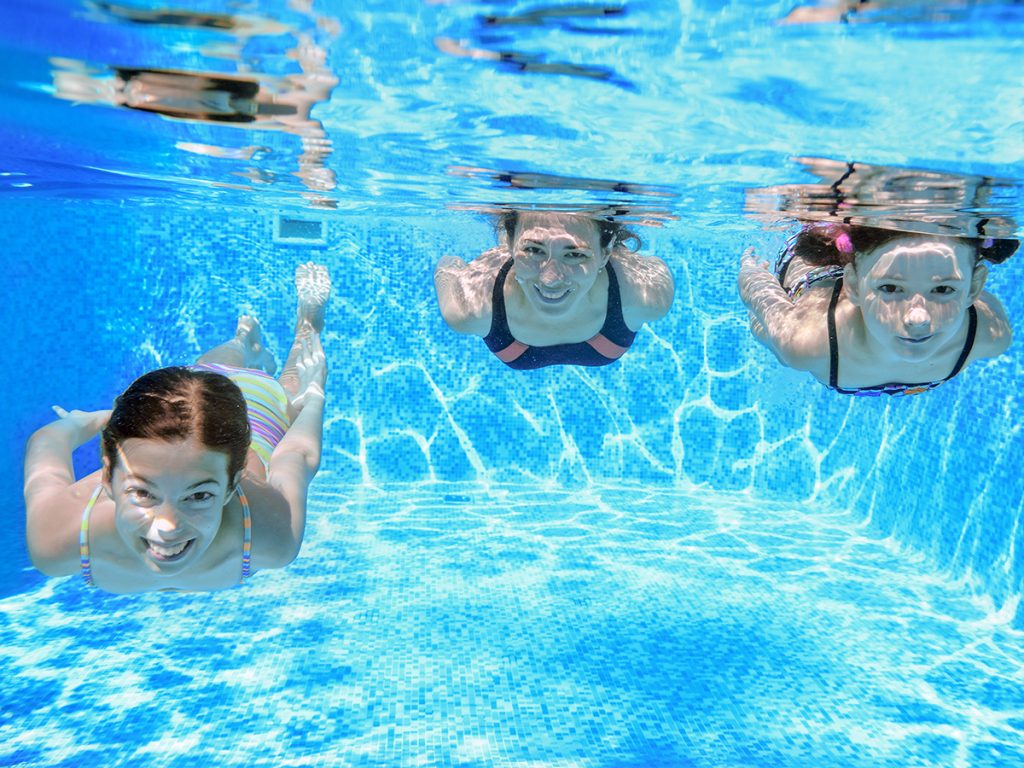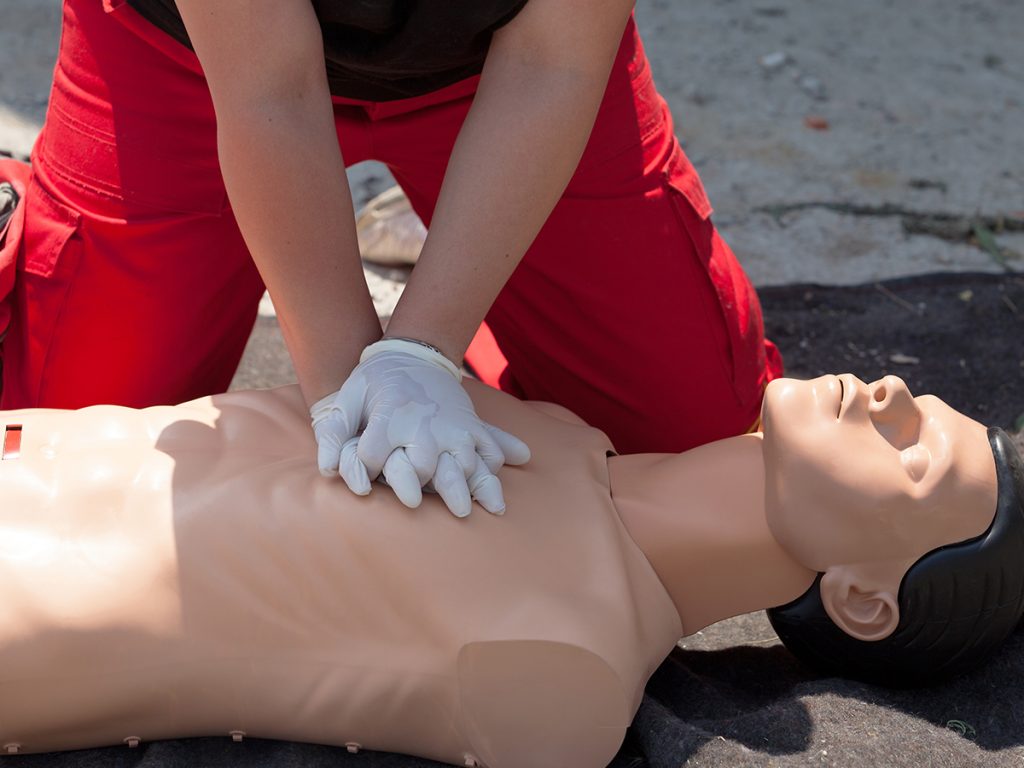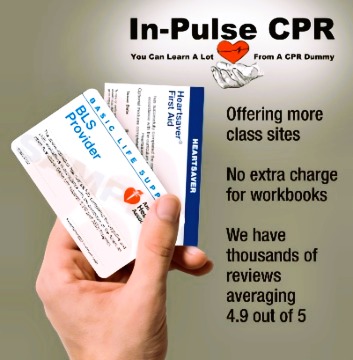Importance of Being CPR Certified During Pool Season
Whether you’re a lifeguard or an adult caring for children who are swimming, knowing CPR is an important skill to have around swimming pools. CPR is used for both cardiac arrests and respiratory failures, and it’s a life-saving skill. Here at In-Pulse CPR, we are proud to offer a wide range of CPR training and certifications, and if you’re looking to learn how to confidently perform CPR, browse our CPR classes. Everyone needs this training, and it’s especially important during pool season!

Accidental Drowning
One of the most common ways that children drown is through an “accidental” or “confidential” drowning. This happens when a child falls into a pool or other body of water and is not immediately noticed. They may struggle for a few moments before sinking below the surface, and by the time someone realizes they’re missing, it’s too late.
This is why it’s so important to have someone who is CPR certified on hand at all times when children are swimming. If a child does accidentally drown, having someone who knows how to perform CPR can mean the difference between life and death.

Respiratory Failures
Another common reason that CPR is necessary around swimming pools is due to respiratory failures. This can happen for a variety of reasons, but it often occurs when a child swallows too much water and begins to choke. If they are not able to expel the water from their lungs, they will eventually stop breathing altogether.

How to Perform CPR on Someone Who Is Drowning
If you find yourself in a situation where someone is drowning, it’s important to act quickly and decisively. Every second counts when someone is without oxygen, so the sooner you can start CPR, the better.
First, notify a lifeguard. If there is no lifeguard, remove the person from the water and start performing CPR on your own. If you are not CPR certified, now is the time to start chest compressions. Push hard and fast in the center of the person’s chest, and make sure that you’re pressing down at least two inches with each compression.
Once the person is out of immediate danger, you’ll want to call for medical help. Even if they seem to be doing better, it’s always best to err on the side of caution and let a professional take over.

Learn How to Administer CPR from In-Pulse CPR
CPR is helpful in all kinds of situations, including at a swimming pool. If you’re looking to learn the skills to save a life, consider taking one of our CPR courses. Find a CPR class today!




